Best GPS bike computer
Bike Perfect's round-up of the best GPS bike computers this year

Bike computers have come a long way since the original ‘Cyclometer’ invented by Curtis H Veeder, an analogue device that counted how many times a wheel rotated, and converted that into distance using a formula.
Now, compact handlebar-mounted devices feature a GPS chip, Bluetooth, ANT+, WiFi and a host of other metrics ranging from speed, distance, and power to training stress score, 'beers earned' and Strava Live Segments.
When you're shopping for a new MTB GPS computer it can be challenging to navigate the vast spec sheets that come along with even the most basic units, so in the list below we’ll help you to wade through the tech jargon and help to find and buy the best GPS computer for mountain biking.
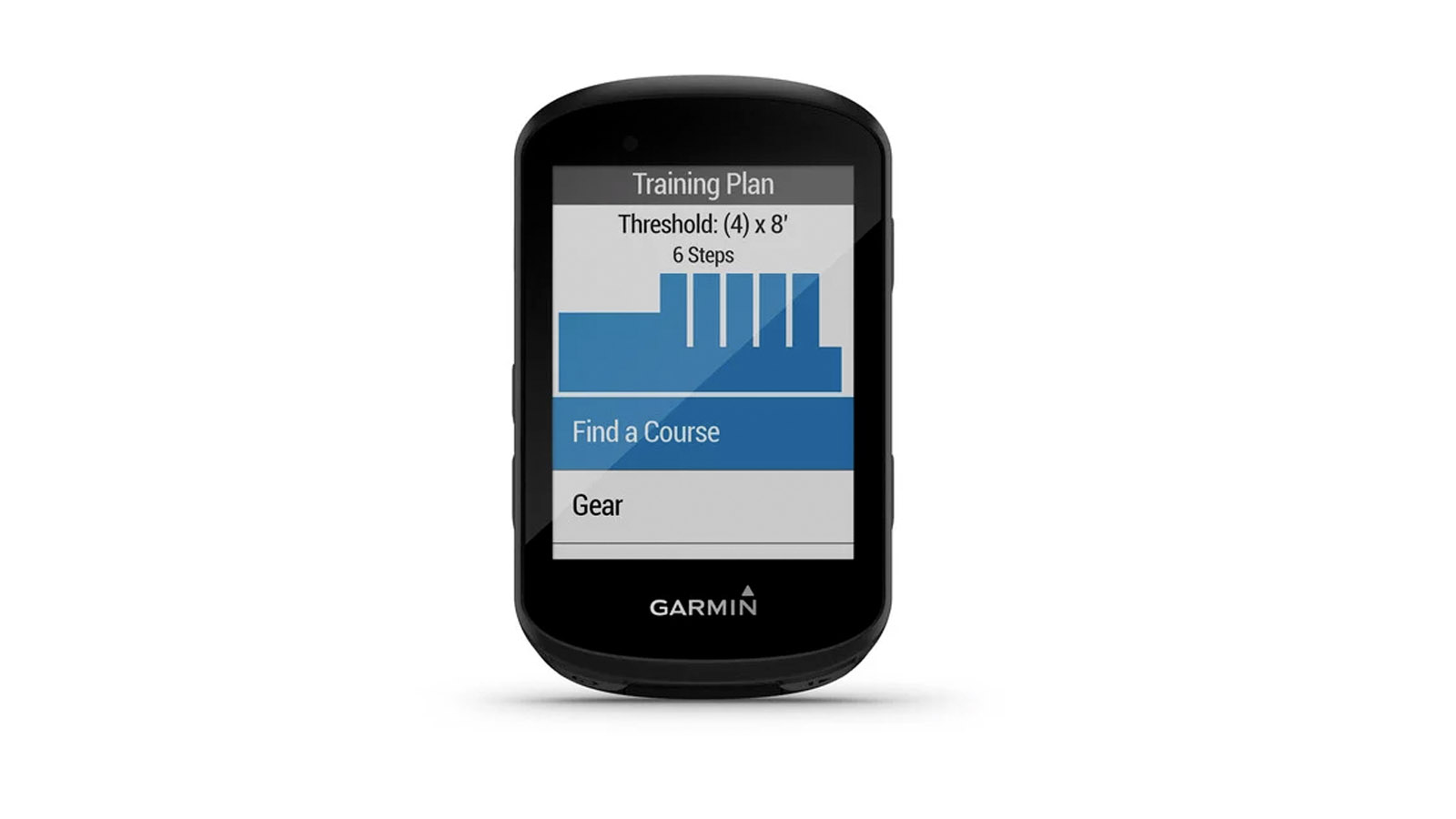
Garmin Edge 530
Possibly Garmin's best computer to date
The follow up to the uber-successful Edge 520, the brand new Garmin Edge 530 expands on the rich training suite, and adds a faster processor to massively improve mapping, a feature that was introduced with the Edge 520 Plus.
With both Garmin Cycle Maps and Trail Forks pre-installed on the Edge 530, whether on the road or trail, it can help you find your way. With a battery life of 20 hours - 40 in battery-saver mode - it’s also one of the longest-lasting computers on the market. That's before you add the Garmin Charge optional battery pack.
You’d be forgiven for confusing the new Edge 530 and 830 as they look almost exactly the same, the only real difference being the 830 gets a touchscreen and on-device route planning for about an extra 100-bucks.
New for the 530 are the 'Flow' and 'Grit' metrics. Flow uses the computer built-in accelerometers to detect how smoothly you flow though a trail, and Flow and Grit gives trails a difficult score based on the data from the accelerometer and GPS and elevation data. There’s also a hangtime counter, and when you stop on a trail, and the Edge 530 features Forksight which automatically swaps to a trail map screen when you stop.
The Edge 530 also gets access to the Garmin Connect store, meaning you can add apps like Accuweather, Yelp, and Komoot among others, download data fields, and the computer can also talk to Garmin’s Varia Radar lights.
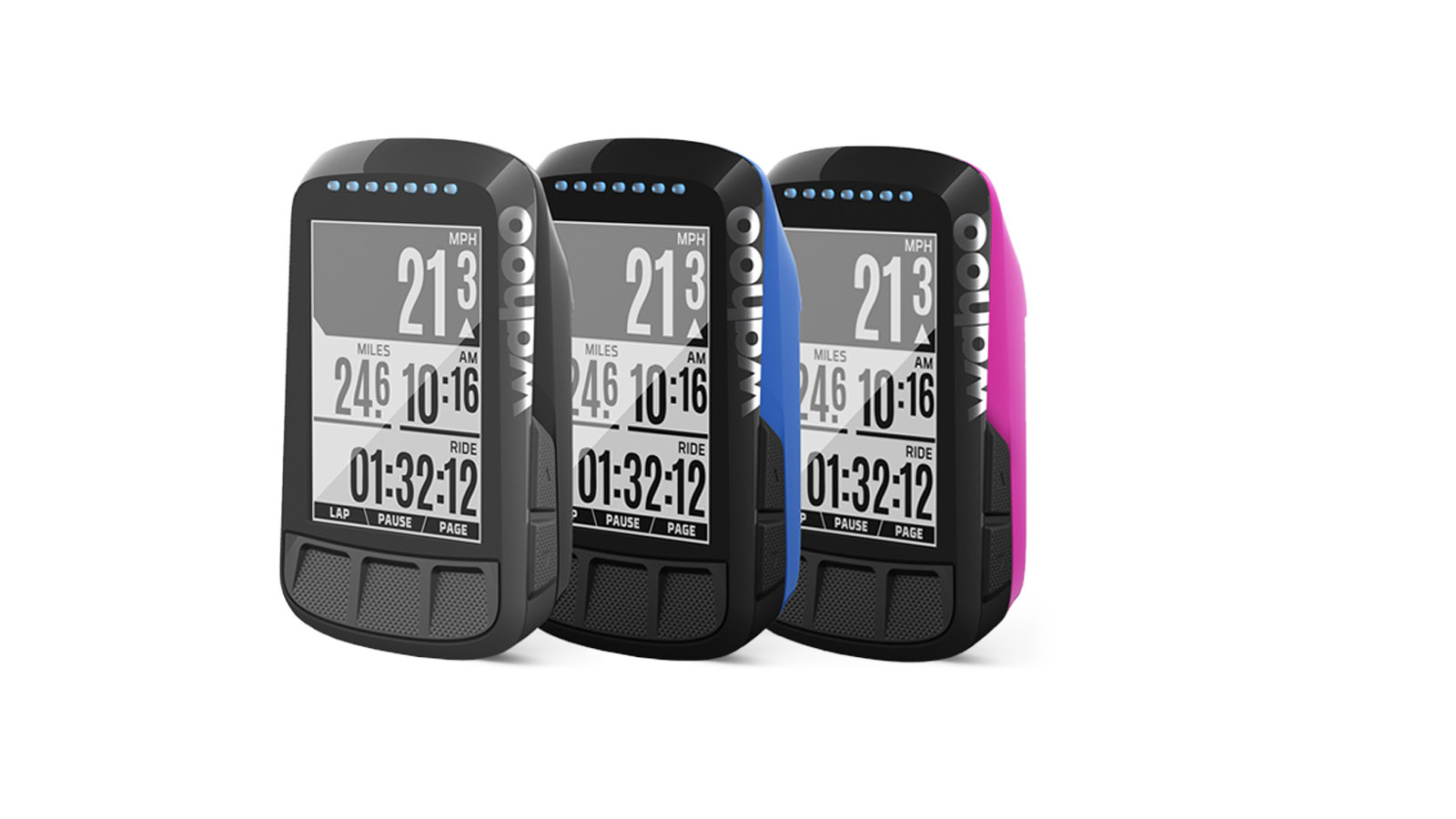
Wahoo ELEMNT Bolt
Full-featured head unit with great battery life that doesn’t cost a limb
When it was released, the Wahoo ELEMNT Bolt was basically a more compact ‘aero’ version of the brand's first computer. It had all the same features, minus one set of LED’s along the side of the screen and longer battery life — claimed at 15 hours.
Like the Roam, the Bolt relies heavily on the companion app for setup, but it’s a streamlined and intuitive process, and the ease of use is second to none. While it doesn’t get a colour screen, the monochrome version is excellent for data fields, but when it comes to navigation, it’s sometimes challenging to figure out where you’re supposed to go.
Speaking of navigation, the device comes with preloaded global maps optimised for bike-friendly routes and turn by turn navigation.
Like it’s more expensive cousin, the Bolt features tons of training metrics, support for both ANT+ and Bluetooth, as well as WiFi for speedy uploads to Strava, Training Peaks or wherever else you’d like your rides to be stored.
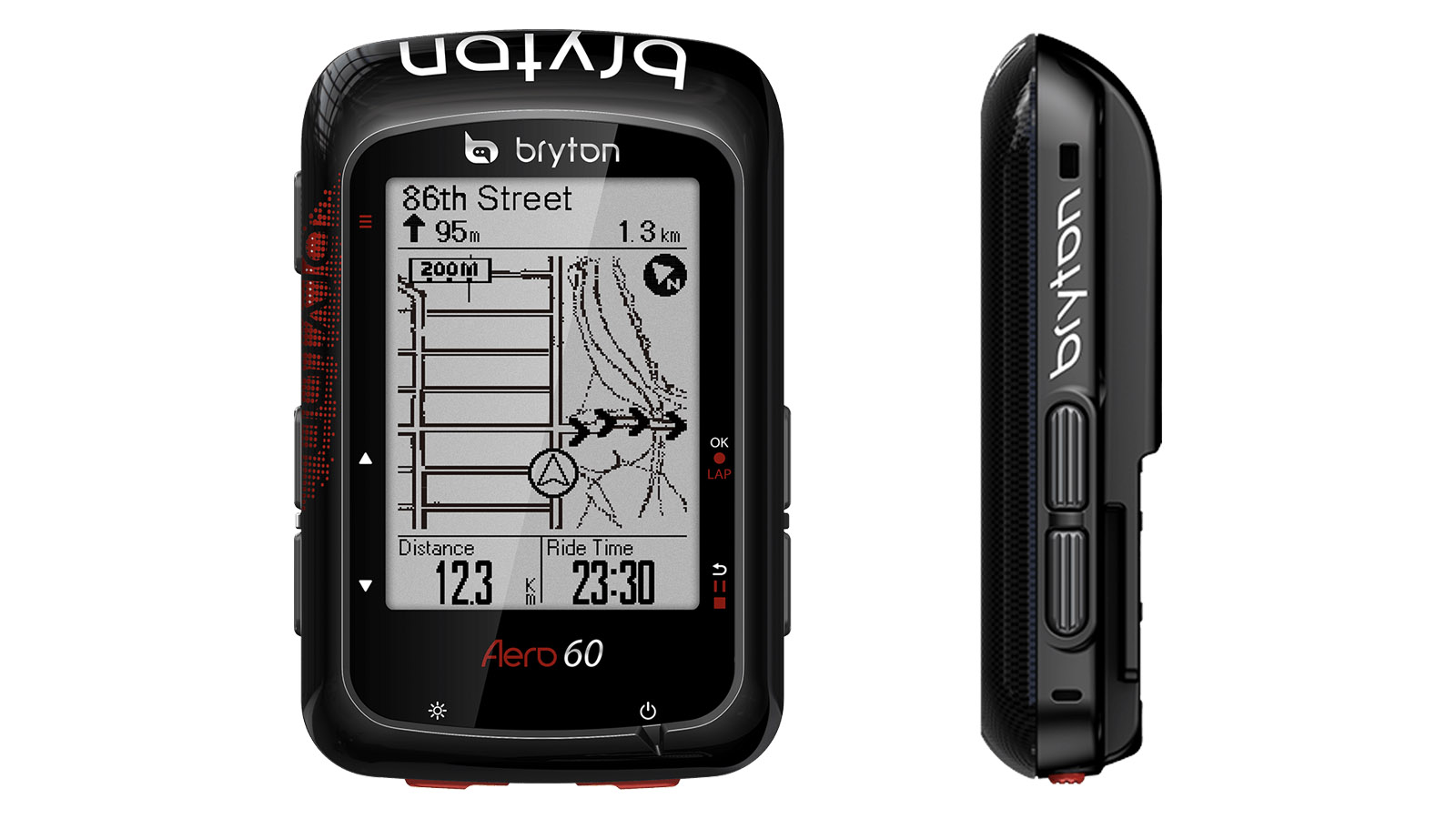
Bryton Aero 60
Similar feature set to the Garmin Edge 520, more battery life and at a fraction of the cost
Clearly taking a few cues from Wahoo, as the name states, the Aero 60 with its dimpled backplate and streamlined silhouette is claimed to cheat the wind.
In our experience, Bryton computers come with a bit of a learning curve and aren’t the most user-friendly units on the market but what they do offer, however, is serious bang for your buck. The units are currently used by U23 Italian XCO national champion Gioele De Cosmo and the rest of his Trek Pirelli professional mountain bike team.
With preloaded Open Street Maps, support for ANT+ and Bluetooth sensors including power meters, 78 data fields and a claimed 32-hours of battery life.
The Aero 60 also allows for workouts to be exported from TrainingPeaks directly through the device, auto sync to third-party training software, and allows for the screens and data fields to be set up through the companion smartphone app.

Lezyne Mega C
Colour screen and feature packed at a good price
Best known for flashy pumps and drool-worthy tools, Lezyne delved into the GPS cycling computer market in 2016, and its line of Super GPS computers have found a good balance between functionality and price point.
Utilising a non-touch colour screen, the Mega C boasts a claimed battery life of 32-hours, edging in just above the Bryton Aero 60. The computer also supports ANT+ sensors including power meters and can store up to 800 hours of ride data. The companion app facilitates quick uploads and automatically pushes ride data to Strava, Training Peaks or Today’s Plan.
The little head unit can also help you chase Strava KOM / QOMs with Live Segments, let you know if it's your kids or work calling you during your ride with on-screen notifications, and offers electronic drivetrain integration through ANT+.
The Mega C does offer turn-by-turn navigation though you’ll need to kick off the route using your mobile phone. In lieu of a pre-installed based map, you’ll also need to sync offline maps from something like Ride With GPS or Komoot.

Garmin Edge 1030
Packed full of navigational and training features, the Edge 1030 is supremely easy to use
The big computer on Garmin’s campus, the Edge 1030 has been the gold standard when it comes to cycling computers and navigation. Utilising the brand's cycle maps and the Trailforks app from the IQ store, the 1030 guides you via Garmin's Trendline Popularity Routing, drawing from billions of miles of Garmin Connect Ride data to guide you towards more bike friendly routes.
With a huge 3.5in/89mm colour touchscreen, you can create routes directly on the device. The touchscreen isn’t quite as responsive as your smartphone, but it's pretty good as far as bike computers go.
Being that this computer sits at the top of Garmin’s range, it’s no surprise it’s got every training bell and whistle the brand has to throw into a single unit and supports both ANT+ and Bluetooth sensors including power meters.
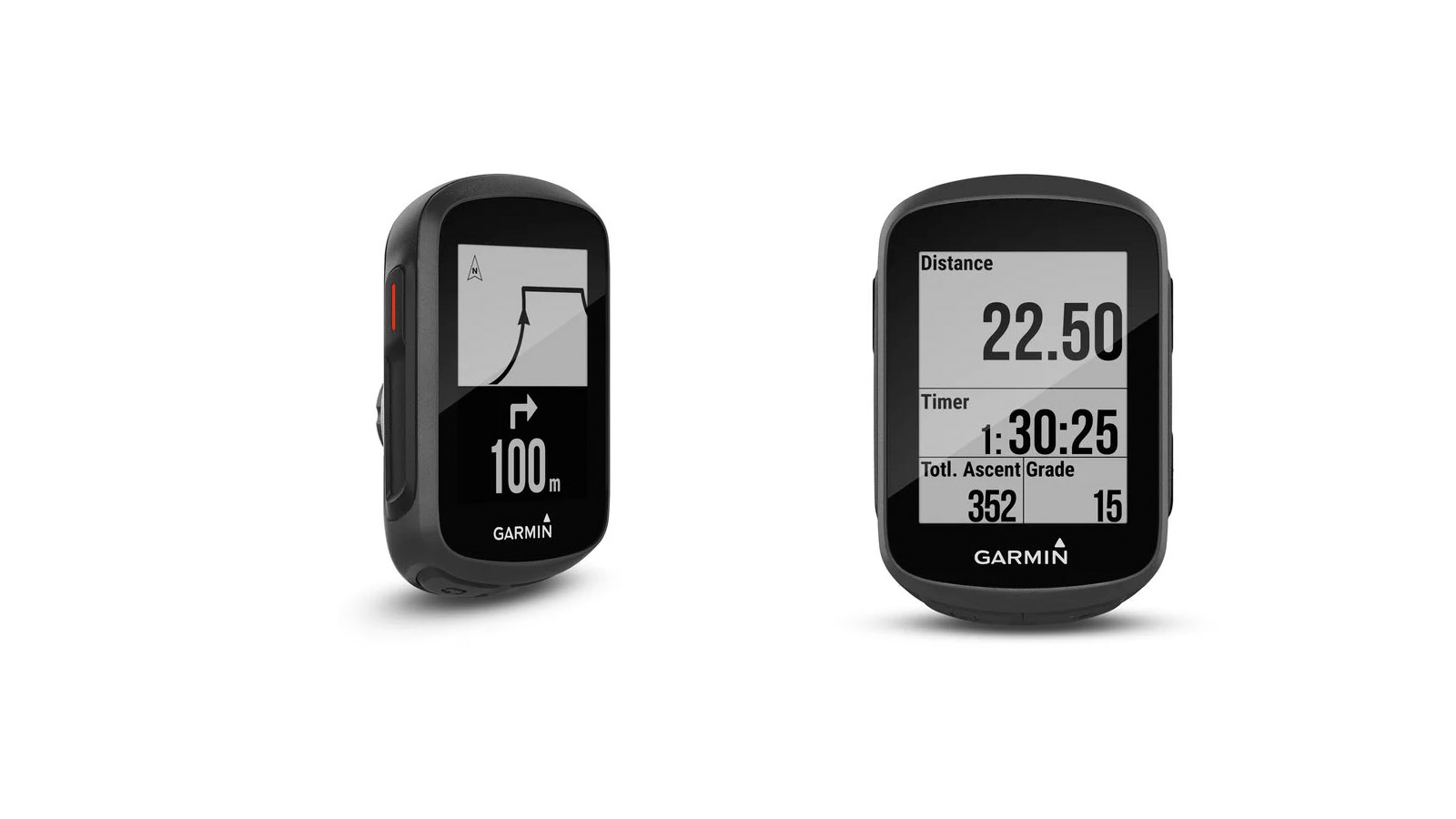
Garmin Edge 130
For those looking for a basic computer but aren’t concerned with advanced training metrics or navigation
On the complete opposite side of the spectrum from the Edge 1030, we have the Edge 130. With a 1.8in/45mm screen, it’s one of the most compact head units on the market; and the black-and-white pixel display can clearly display up to 10 data fields at once.
The Edge 130 only allows for basic training metrics; however, it can communicate with both ANT+ and Bluetooth sensors, including power meters and Garmin’s Varia Radar lights, too. It’ll talk to your phone to let you know who is calling, wirelessly upload your rides to Garmin Connect and perform firmware updates over the air too.
With a 15-hour claimed battery life, the tiny Edge 130 is one of the only Garmin units that doesn’t come with a base map nowadays, but it does offer decent breadcrumb navigation and will even give you alerts about upcoming turns
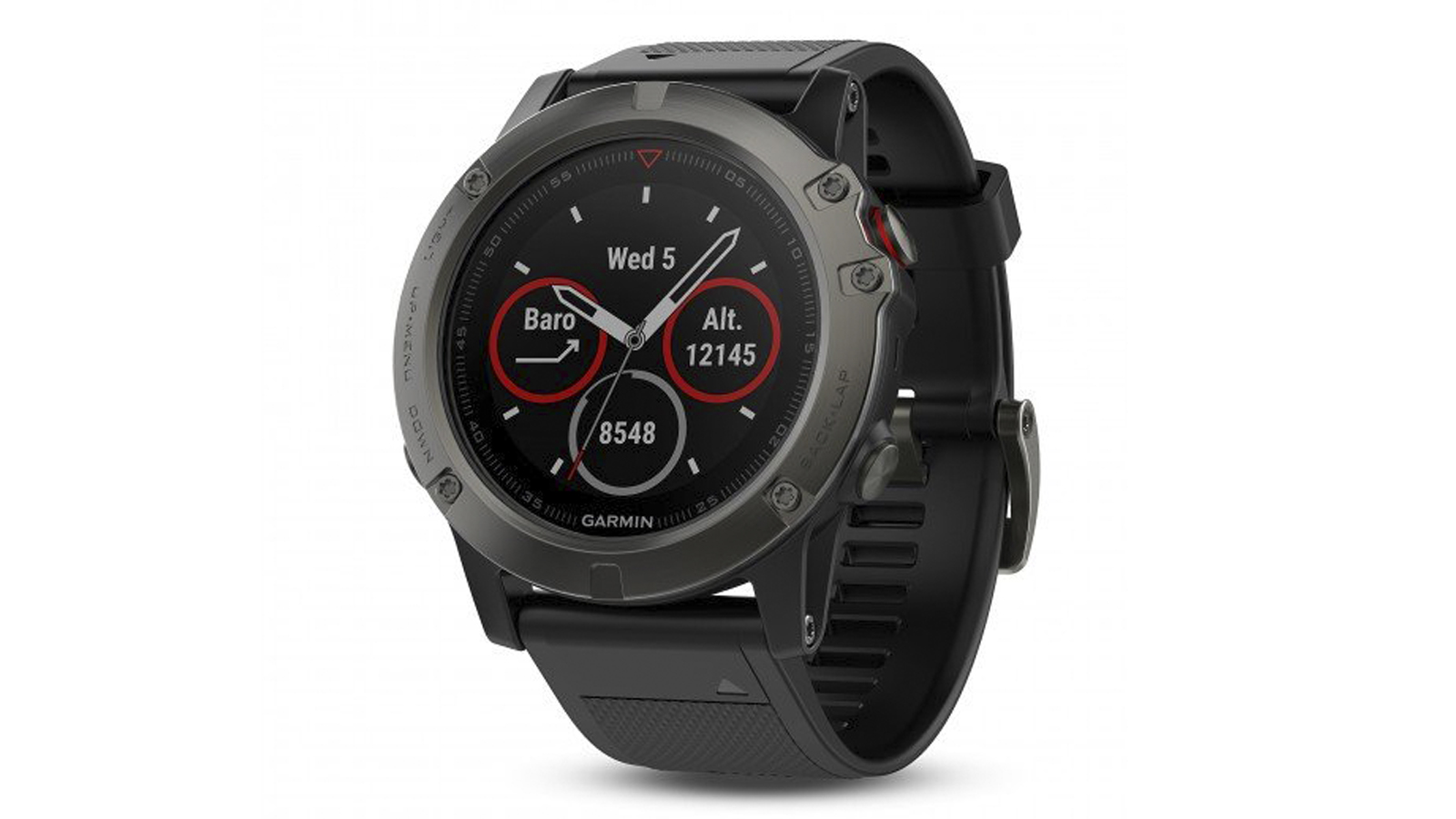
Garmin Fenix 5
For those that don't want a computer
Not everybody wants a computer, and the latest crop of GPS smartwatches just about match head units when it comes to functionality and connectivity. If you're only using your head unit to keep track of ride totals or don't want to worry about finding a computer in the woods when you crash, a watch might be your best option. We know the Garmin has recently launched the Fenix 6, but the new watch doesn't actually offer that many new features over its predecessor — plus now that there is a new model you should be able to find a banging deal on a Fenix 5.
The watch features the brands Elevate Optical HR sensor, which shows decent overall results but lacks point to point accuracy — as with every other wrist-based optical HR on the market. The battery will last 24-hours in GPS mode or 60-hours in UltraTrac and plays nice with both Bluetooth and ANT+ sensors including power meters, and it will also show you onscreen notifications and track sleep patterns, too.
With three cycling profiles pre-loaded, the watch will show you up to 19-pages with four data fields each, allows for access to Strava Live Segments, and Firstbeat training load integration.
Best GPS computers: everything you need to know
Just like anything else in cycling, trying to figure out which computer will fall within your budget constraints while offering the features you prioritise, can be a tall order.
Price
Depending on how much money you have to spend, your computer may have base maps, interval timers, in-depth power metrics, a colour touchscreen and more connectivity than you can shake a stick at, or it might be a simple, compact unit with a black-and-white display and basic training metrics. Every computer on the market will give you data fields such as speed, distance, and time.
Connectivity
Even at the bottom end of the spectrum, most computers will support and ANT+ or Bluetooth connection to a heart-rate monitor plus speed and cadence sensors. However, some less-expensive units may not support power meters.
More computers are beginning to work with both ANT+ and Bluetooth sensors now. There are still a few hold-outs sticking to one or the other, but the majority will facilitate a Bluetooth connection to your phone for on-screen notifications, firmware updates and the like. Further still, some computers also connect to your home WiFi network to allow for your ride to be on Strava before you’ve taken your helmet and sunglasses off.
GPS and mapping
Most computers feature a GPS chip, as well as access to other satellite networks like GLONASS, BeiDou, and Galileo, and offer some definition of navigation. Many also have a base map pre-installed which allows for turn-by-turn directions, on-the-fly redirection and some allow you to create routes and courses directly on the device. More budget friendly head units won’t have a base map, but may still offer what’s called ‘breadcrumb’ navigation, where the computer will display your route as a line which you’re meant to follow.
Screen
As you go up in price, you get features such as touch- and colour screens, but these are not something you’ll necessarily need. While touchscreens are great for swiping through pages of metrics or manoeuvring maps, if you're wearing full-finger gloves or if it's raining, the screen may not function as advertised. The same goes for colour displays, which only really become a necessity if you’re using maps.
Third-party apps
Finally, there are the extras such as Strava Live Segments, on-screen workouts populated by Today’s Plan, Training Peaks and TrainerRoad, uploadable training metrics and data fields, drivetrain and light integration, the companion app and more. Where these features are available will depend on the computer you choose, but they are not reserved for the premium units, and you’ll see features like Strava Live Segments and drivetrain integration trickling into mid- and lower-range units.
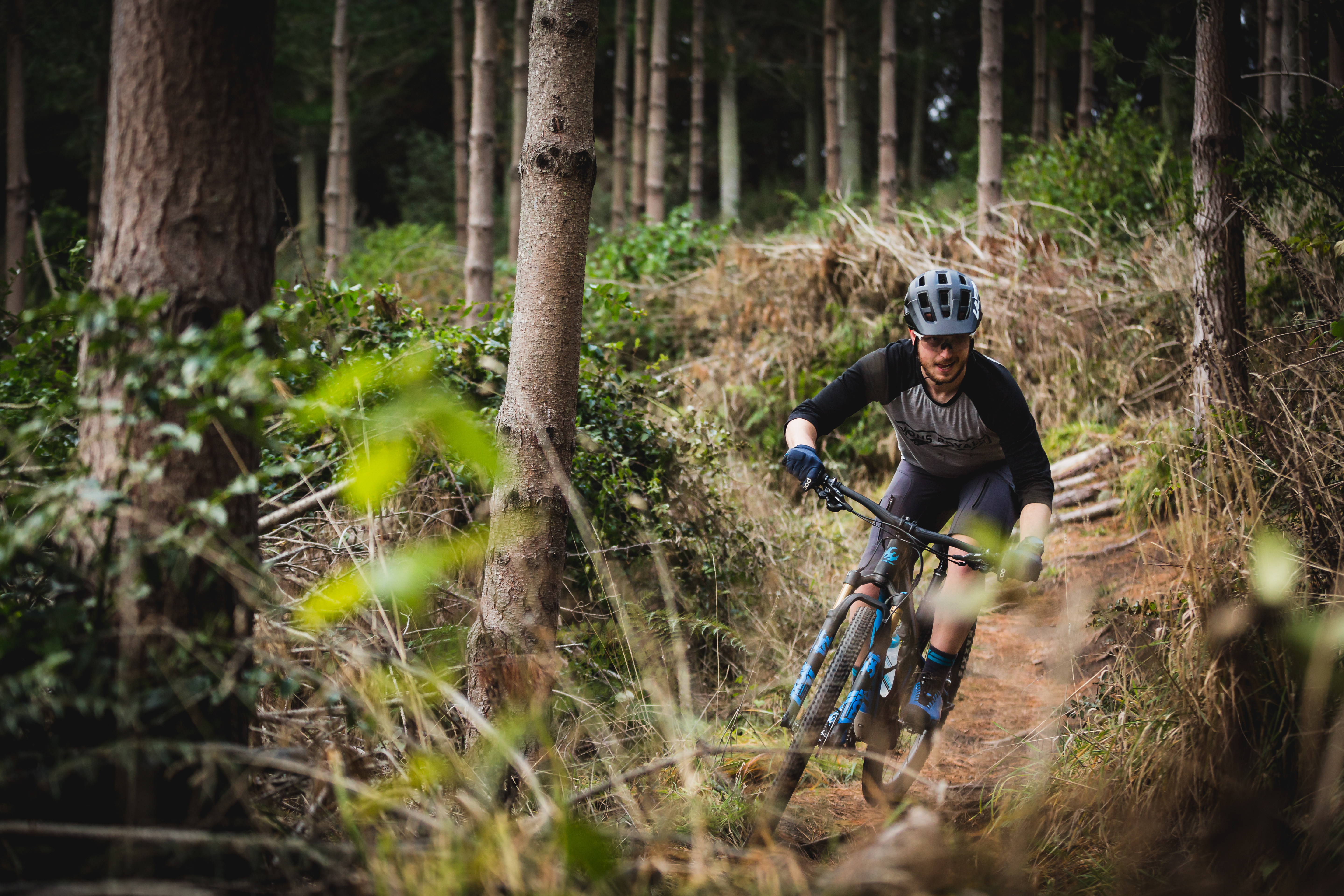
Born and bred in Colorado, and now based in Australia, Colin comes from a ski racing background and started riding as a way to stay fit through the summer months. His father, a former European pro, convinced him to join the Colorado State University collegiate cycling team, and he hasn't stopped since. It's not often he pins on a number nowadays, and you'll likely find him in search of flowy singletrack, gravel roads and hairpin corners. Colin has worked at Bikeradar and is a regular contributor to Australian Mountain Bike and Cyclist magazines.
Rides: BMC Team Machine SLR01, Trek Top Fuel 9, Ibis Ripley
